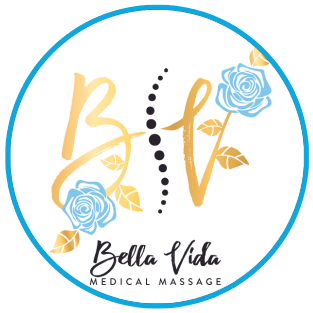Dear Clients,
I'm writing to inform you of potential changes affecting HSA and FSA plan coverage for 2025. I've recently had several clients whose HSA cards were declined when they tried to use them here.
One client was told that her HSA wouldn't cover massages at my business because we're categorized as a health and beauty spa. This same categorization might also affect FSA eligibility.
Because of this, I strongly advise you to confirm coverage with your insurance provider before trying to use your HSA or FSA cards for my services.
I understand this may be inconvenient, and I sincerely apologize for any disruption it causes. I hope that HSA/FSA coverage will be reinstated in the future.
Dear Clients,
I'm writing to inform you of potential changes affecting HSA and FSA plan coverage for 2025. I've recently had several clients whose HSA cards were declined when they tried to use them here.
One client was told that her HSA wouldn't cover massages at my business because we're categorized as a health and beauty spa. This same categorization might also affect FSA eligibility.
Because of this, I strongly advise you to confirm coverage with your insurance provider before trying to use your HSA or FSA cards for my services.
I understand this may be inconvenient, and I sincerely apologize for any disruption it causes. I hope that HSA/FSA coverage will be reinstated in the future.
Red Light Therapy
What is Red Light Therapy?
Red light therapy is a non-invasive treatment that uses red light to stimulate cellular activity. When red light is applied to the skin, it is absorbed by mitochondria, increasing the production of ATP. This increased ATP fuels cellular processes, leading to biological responses like reduced inflammation, increased collagen production, and improved circulation. Red light therapy offers potential benefits for skin health, pain management, hair growth, and overall well-being. Individuals with chronic pain, skin issues, or those seeking anti-aging benefits may find red light therapy particularly helpful. However, it's crucial to consult with a healthcare professional before starting red light therapy, especially if you have underlying health conditions or are pregnant.
Red Light Therapy: How It Works
Red light therapy, also known as low-level laser therapy (LLLT), works by stimulating cellular activity using specific wavelengths of red light. These wavelengths penetrate the skin and interact with cells, triggering a series of beneficial biological responses.
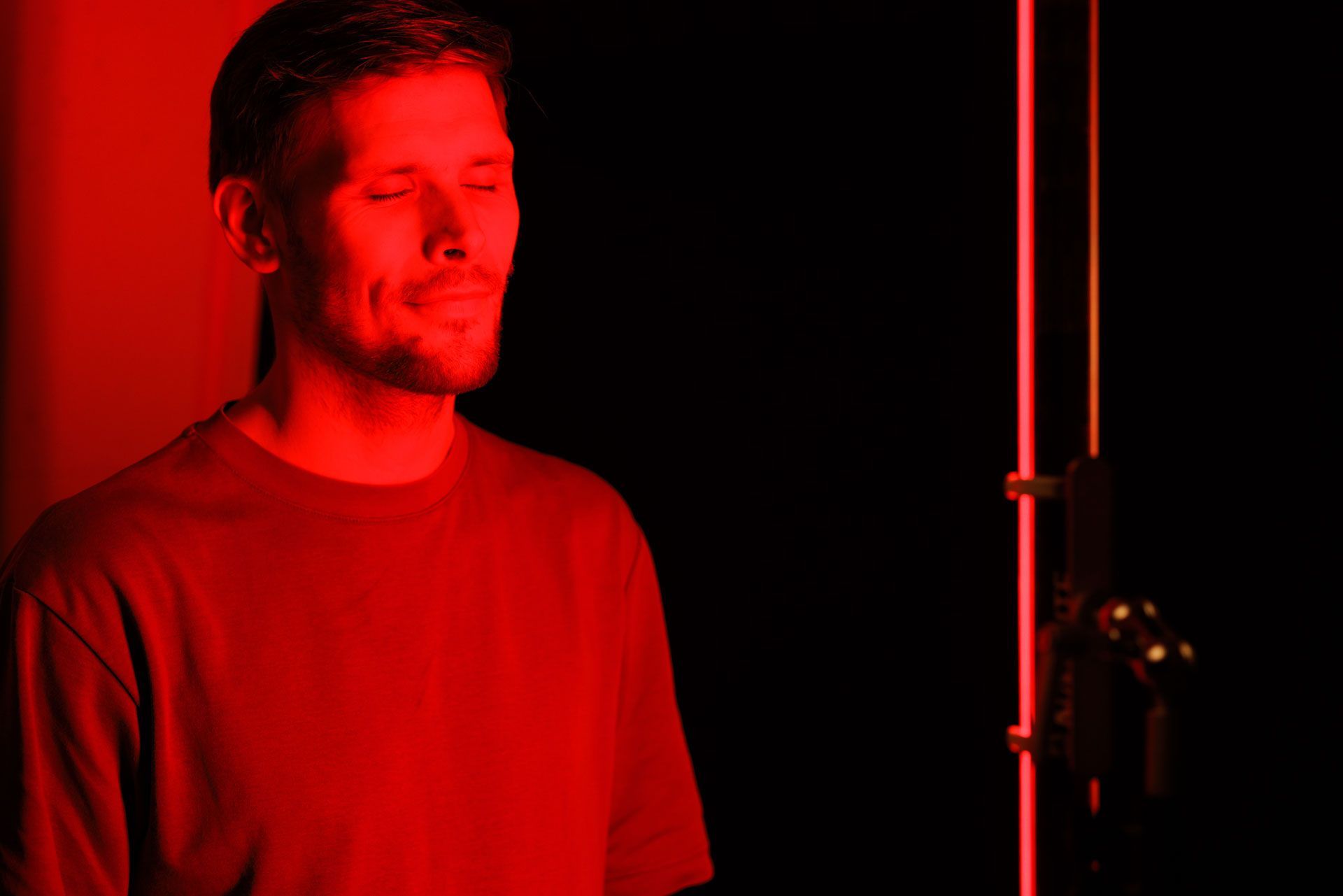 Button
Button
Here's a breakdown of the process:
- Light Absorption: When red light is applied to the skin, specialized cells called mitochondria absorb the light energy.
- Cellular Energy Production: This absorption increases the production of adenosine triphosphate (ATP), the primary energy currency of cells.
- Cellular Processes:
The increased ATP production fuels various cellular processes, including:
- Protein synthesis: This is essential for tissue repair and growth.
- Cellular metabolism: This regulates energy production and waste removal.
- Antioxidant activity:
This helps protect cells from damage.
- Biological Responses: These cellular changes lead to a range of biological responses, such as:
- Inflammation reduction: Decreases inflammation, promoting healing and pain relief.
- Collagen and elastin production: Stimulates the production of these proteins, improving skin elasticity and reducing wrinkles.
- Blood vessel dilation: Increases blood flow to the treated area, enhancing nutrient delivery and waste removal.
- Hair follicle stimulation:
May promote hair growth by stimulating hair follicles.
In essence, red light therapy helps to optimize cellular function, leading to a variety of potential health benefits.
Benefits of Red Light Therapy
Red light therapy, also known as low-level laser therapy (LLLT), is a non-invasive treatment that uses low-level red light to stimulate cellular activity. This therapy has gained popularity for its potential benefits in various areas, including:
Skin Health
- Reduces wrinkles and fine lines: Stimulates collagen production, improving skin elasticity.
- Improves skin tone and texture: Helps to reduce acne, scars, and pigmentation issues.
- Promotes wound healing:
Accelerates tissue repair and reduces inflammation.
A wide range of individuals can benefit from red light therapy. Here are some common groups:
- Athletes and fitness enthusiasts: Red light therapy can help reduce muscle soreness, inflammation, and improve recovery time.
- People with chronic pain: Conditions like arthritis, fibromyalgia, and chronic back pain can be alleviated with red light therapy.
- Individuals with skin issues: It can help improve skin tone, reduce acne, and accelerate wound healing.
- Those seeking anti-aging benefits: Red light therapy can stimulate collagen production, reducing wrinkles and improving skin elasticity.
- People with hair loss: It may promote hair growth and thickness.
- Individuals undergoing rehabilitation: Red light therapy can aid in tissue repair and reduce inflammation after injuries or surgeries.
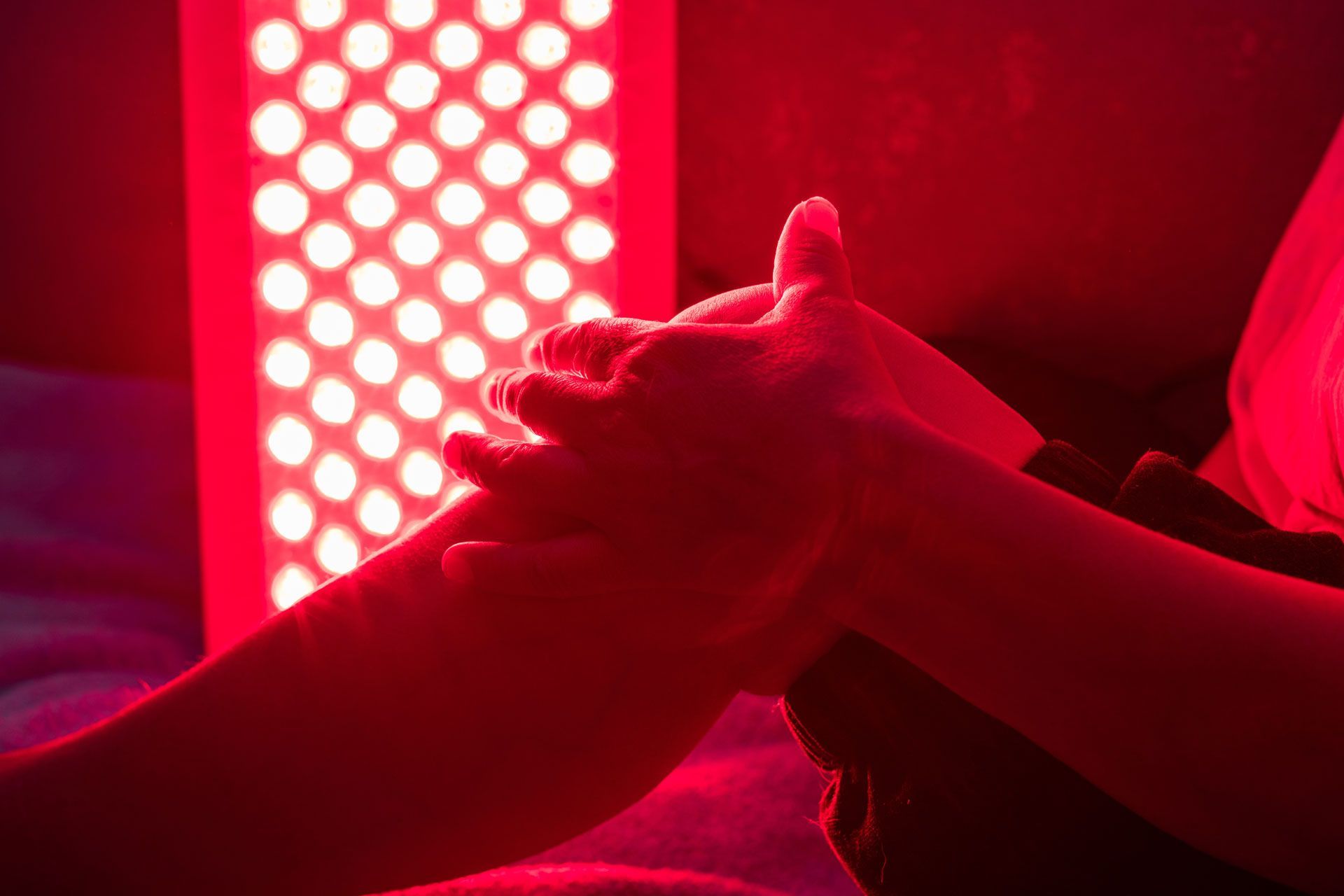 Button
Button
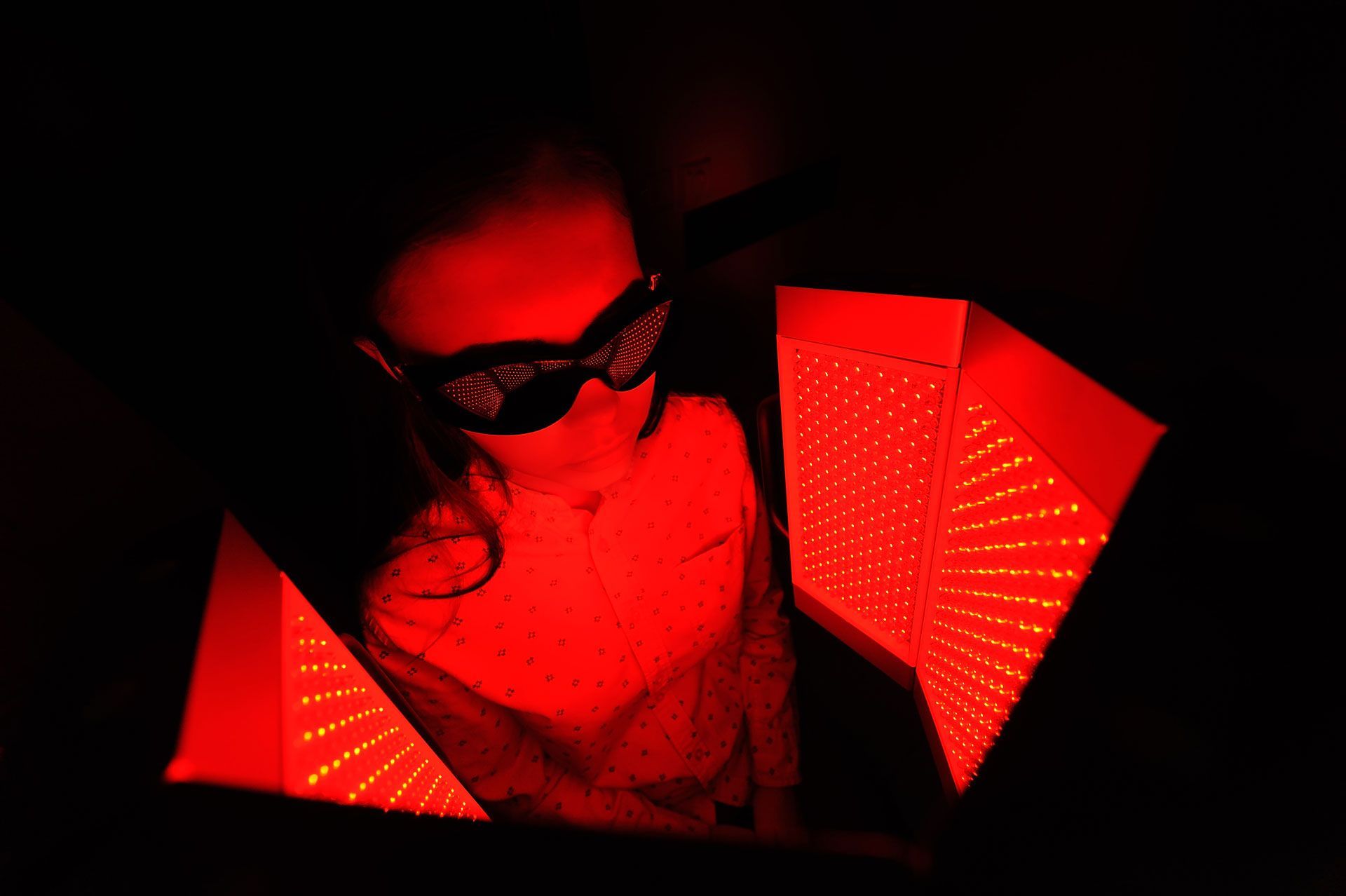 Button
Button
Promote Post Surgical Healing
Here's how it can help:
- Reduces inflammation: Red light therapy can help reduce inflammation, which is a common response to surgery. This can lead to faster healing and less pain.
- Promotes tissue regeneration: The light energy from red light therapy can stimulate cellular activity, promoting the growth of new tissue and accelerating the healing process.
- Reduces scarring: By promoting healthy tissue growth and reducing inflammation, red light therapy can help minimize the appearance of scars.
- Improves circulation: Increased blood flow to the area can help deliver nutrients and oxygen to healing tissues, promoting faster recovery.
Individuals who should avoid red light therapy:
While red light therapy is generally considered safe, there are a few groups of people who should avoid it or consult with a healthcare professional before starting treatment:
- People with recent eye surgery: The light from red light therapy can potentially irritate or damage the eye if it's not fully healed.
- Individuals with certain skin conditions: People with conditions like psoriasis or eczema should consult a doctor before using red light therapy, as it may exacerbate their symptoms in some cases.
- Those taking photosensitizing medications: Some medications can make the skin more sensitive to light. If you're taking such medications, it's important to avoid red light therapy.
- Individuals with certain underlying health conditions: People with conditions like cancer or autoimmune diseases should consult with their healthcare provider before using red light therapy, as it may interact with their treatment or worsen their symptoms.
- Pregnant women:
While there is limited research on the safety of red light therapy during pregnancy, it's generally recommended to avoid it as a precaution.
However, it's important to consult with your surgeon or healthcare provider before starting any new treatment, especially after surgery. They can advise on whether red light therapy is appropriate for your specific situation and provide guidance on the best timing and dosage.
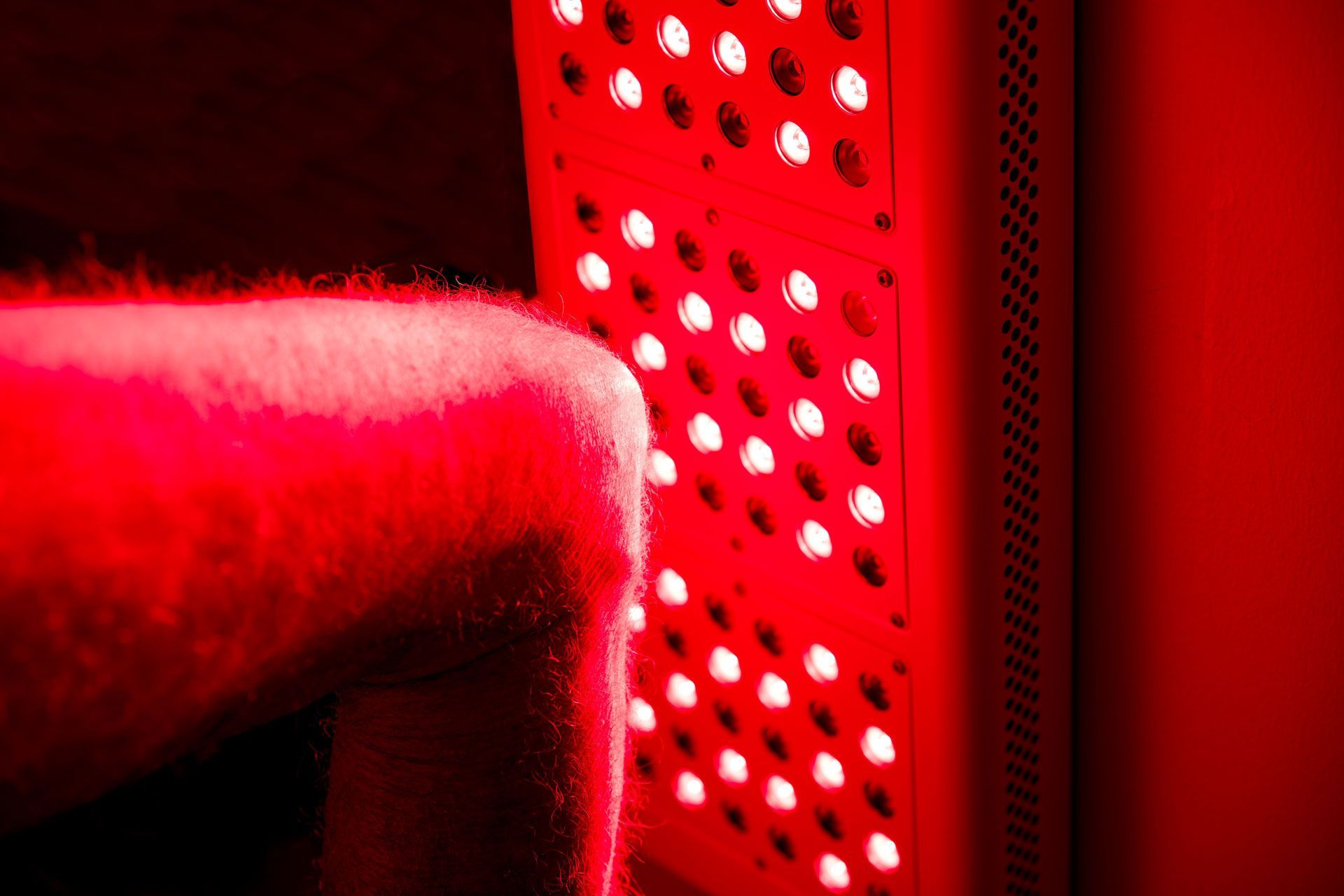 Button
Button
Advanced Medical Massage Practitioner In McKinney, TX
Contact Us
Phone: (817) 381-8667
Email: bellavidamedicalmassage@gmail.com
Address: 6510 Virginia Pkwy Ste 202 McKinney, TX 75071
Business Hours
Monday: 9:00 am - 3:00 pm
Tuesday: 10:45 am - 4:00 pm
Wednesday: 9:00 am-3:00 pm
Thursday: 10:45 - 4:00 pm
Friday: Closed
Saturday: Closed
Sunday: 10:30 am - 3:00 pm
Bella Vida Medical Massage, LLC
